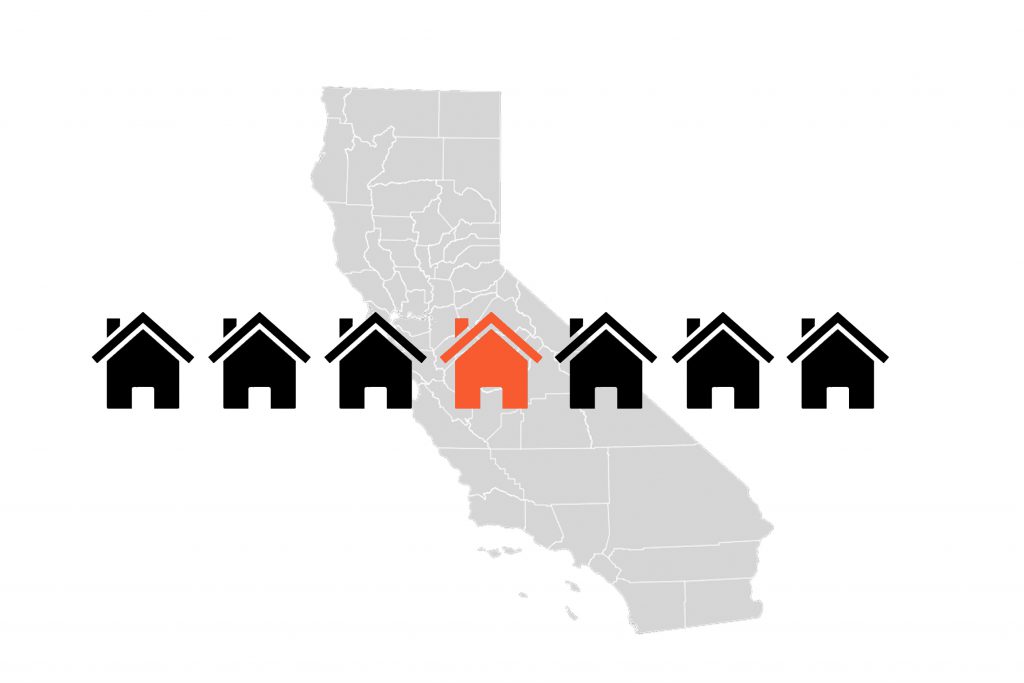New Report Shows 1 in 7 California Households Struggling with Hunger
septiembre 3, 2014
No ofrecemos comida. Aquí es donde puedes Encuentre comida gratis aquí.
No distribuimos alimentos. Encuentre comida gratis aquí.
我們不直接提供食物,但我們能幫助您找尋食物。

Sacramento, CA – One in seven (6.6) households in California struggled with hunger, on average, over the years 2011-2013, according to new data released today by the USDA Economic Research Service in its annual report on food insecurity.
According to the report, California’s hunger rate is higher than the national rate of 14.3 percent of households, representing 49 million adults and children who struggled against hunger in 2013. This high and persistent level of hunger underscores the immense need to strengthen the food safety net by increasing Supplemental Nutrition Assistance Program (SNAP) benefits, known as CalFresh in California, and expanding child nutrition programs.
“With one in 7 (6.6) California households struggling against hunger, it is clear that the most vulnerable among us – seniors, people with disabilities, working and unemployed families, and children, depend on federal nutrition programs to keep food on the table,” said Jessica Bartholow, legislative advocate at the Western Center on Law and Poverty. “While there has been a slight decline in food insecurity since the beginning of Governor Jerry Brown’s administration, Californians are still much more food insecure than they were in 2001 and millions of people continue to struggle to prevent the indignity of hunger.”
Among the 15 percent of households in California considered to be food insecure during the 2011-2013 period, 5.9 percent were considered to have “very low food security.” People that fall into this USDA category had more severe problems, experiencing deeper hunger and cutting back or skipping meals on a more frequent basis for both adults and children. “This was certainly not helped by the recent 5% cut in federal SNAP benefits,” said Kevin Aslanian, Executive Director of theCoalition of California Welfare Rights Organizations which joined dozens of California-based anti-hunger organizations to fight against these cuts and call for increases in federal SNAP payments to match those established by the National Institutes of Medicine as necessary for a healthy diet.
“The drop in food insecurity in California since 2010 represents investments and efficiencies made by the Legislature and the Brown administration,” said Andrew Cheyne, director of policy at the Asociación de Bancos de Alimentos de California. “We are hoping that the Administration continues this commitment to driving down these numbers by signing anti-hunger legislation now on his desk, Assembly Bill 1930 (Skinner) and Senate Bill 1002 (De León),” he added.
Released by California Association of Food Banks, Western Center on Law and Poverty, and Coalition of California Welfare Rights Organizations. For more information about hunger in America, visit www.frac.org.
About the USDA Report:
Since 1995, the United States Department of Agriculture, using data from surveys conducted annually by the Census Bureau, has released national and state estimates of the number of people in households that are food insecure. Food insecure households are those that are not able to afford an adequate diet at all times in the past 12 months. For states, USDA uses three-year averages to give a better estimate (with a smaller margin of error) of the number of households experiencing food insecurity. Experts agree that the Census/USDA measure of food insecurity is a conservative one, with the result that only households experiencing substantial food insecurity are so classified.
Preguntas?
Please contact Andrew Cheyne, Policy Director at CAFB.